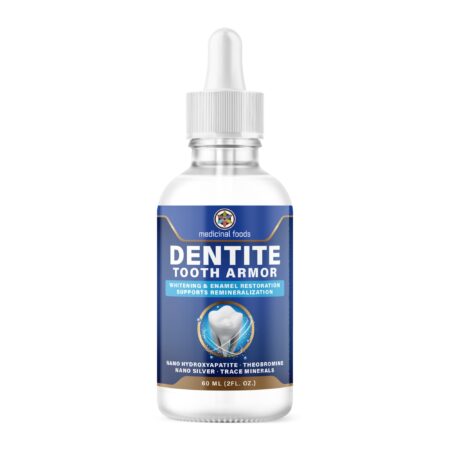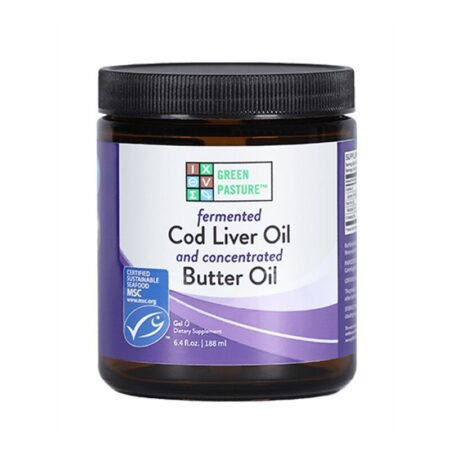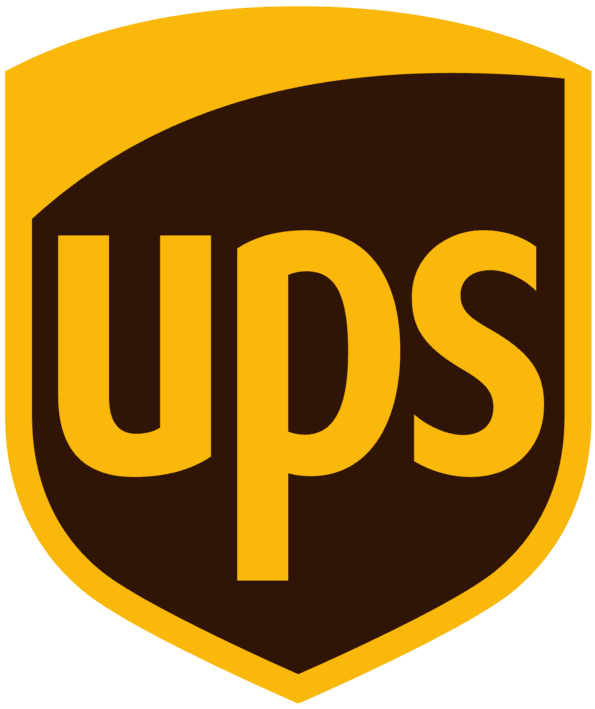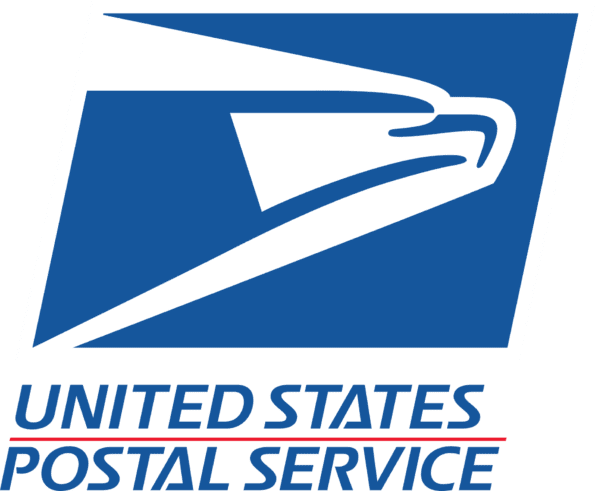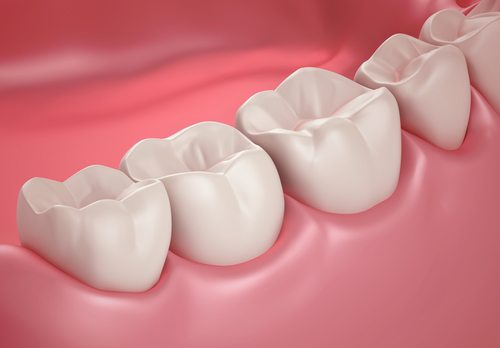
It’s well known that good oral hygiene helps prevent disease, but the nasty plaque buildup that is at the root of these health issues doesn’t end at your teeth. In fact, if you aren’t cleaning your gums properly, you could be forcing plaque from your teeth into your gums, which causes gum disease and leads to a host of additional health issues that can add up to money and time spent at the dentist’s office. Learn how to take proper care of your gums so you can stay confident that you’re doing the very best for your health.
Taking a Closer Look at Your Oral Hygiene Routine
Most people learn to clean their teeth and mouths at an early age, and we tend use the same technique for the rest of our lives. We might make some small adjustments here and there, but for the most part, it’s just straight back-and-forth brushing on the teeth, plus some flossing and maybe some mouthwash rinsing added in for good measure. But studies have shown that even our standard toothbrushing techniques may be ineffective. So what about taking care of your gums?
We know that techniques like oil pulling can have a great benefit for health overall, but if you’ve suffered from gum disease, bad breath and other oral ailments, it may be time to zero in on gum health. A simple gum brushing technique may help your oral health tremendously. This simple method can easily incorporate into your regular brushing routine.
Proper Gum Cleaning
Vigorous brushing with a standard toothbrush can actually damage your gums, so don’t start scrubbing away just yet. The right technique for gum cleaning involves gently tapping a specially designed brush at a slight upward angle right at the base of the gums, where they meet the teeth. This junction point doesn’t form a perfect seal, so disease- and odor-causing plaque and bacteria can build up in those little pockets and cause a variety of different problems.
Gently tapping the gum brush up into these little pockets helps clear out the undesirable build-up, which clears harmful substances out from the space between your teeth and gums and keeps your mouth healthier overall. Because brushing can push particles up into these pockets, you should clean your gums after brushing your teeth. You can rinse your mouth afterward if you choose.
How to Hold the Gum Brush
Gum brushes look much like a regular toothbrush, but again, instead of brushing back and forth or up and down, you should hold the brush at a 45 degree angle with the bristles facing upward and toward your teeth. Work your way around your top and bottom rows of teeth, gently tapping at the base of the gums until you’ve cleaned your whole mouth in both the front and back. When you add this technique and some healthy ancient foods to your diet, you’ll see a revolution in your oral health, all without expensive procedures, lectures from your dentist or the use of synthetic chemicals.
You will enjoy reading:


